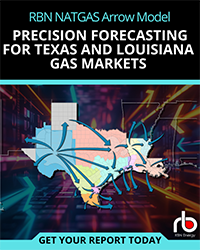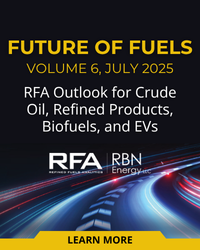Over the past five years, the North American oil and gas industry has undertaken a major strategic shift, embracing the global push to decarbonize by, among other things, emphasizing the greener emissions profile of natural gas vs. coal and taking aggressive steps to reduce the volumes of methane, carbon dioxide and other greenhouse gases emitted during the production, processing and transportation of just about every kind of hydrocarbon. It’s a real challenge, though. Operators face a seemingly endless and overwhelming set of choices about how best to approach emissions reductions, which technologies to use, which programs to join, and how to interpret new emissions-measurement data, to name a few. In today’s RBN blog, we begin a look at how operators can achieve key environmental goals while protecting — even improving — their bottom line and meeting a host of important goals, from reducing the cost of capital and managing investor pressure to improving realized prices and market access.
The view that North American oil and gas volumes will continue to play a vitally important role in global energy markets for decades to come has gained new adherents through the early 2020s. At the same time, producers, processors, pipeline companies, LNG exporters and others have been facing increasing pressure to slash — even eliminate — the methane and other greenhouse gases (GHGs) emitted as oil and gas make their way from the production well to the end-user. Methane is a short-lived but very potent climate pollutant — 120 times as potent a GHG as carbon dioxide (CO2) instantaneously and 86 times as potent over a 20-year time horizon. That means that, pound for pound, methane emissions have an outsized near-term impact on warming. The good news is that methane has an atmospheric life of only 12 years, which means that reductions in methane emissions made today will have a near-term and sizable effect.
The increased awareness around methane emissions has led CEOs, CFOs and other executives to seek answers for a number of strategic questions. Fortunately, previously disparate regulatory requirements and industry protocols are beginning to coalesce around what you might call a generally accepted best practices playbook, one that calls for improved and increased measurement, which in turn will drive more effective (and cost-efficient) mitigation options. With these industry standards just beginning to emerge, methane emissions are no longer exclusively the purview of localized operational teams but are also top-of-mind for energy executives.
Join Backstage Pass to Read Full Article







